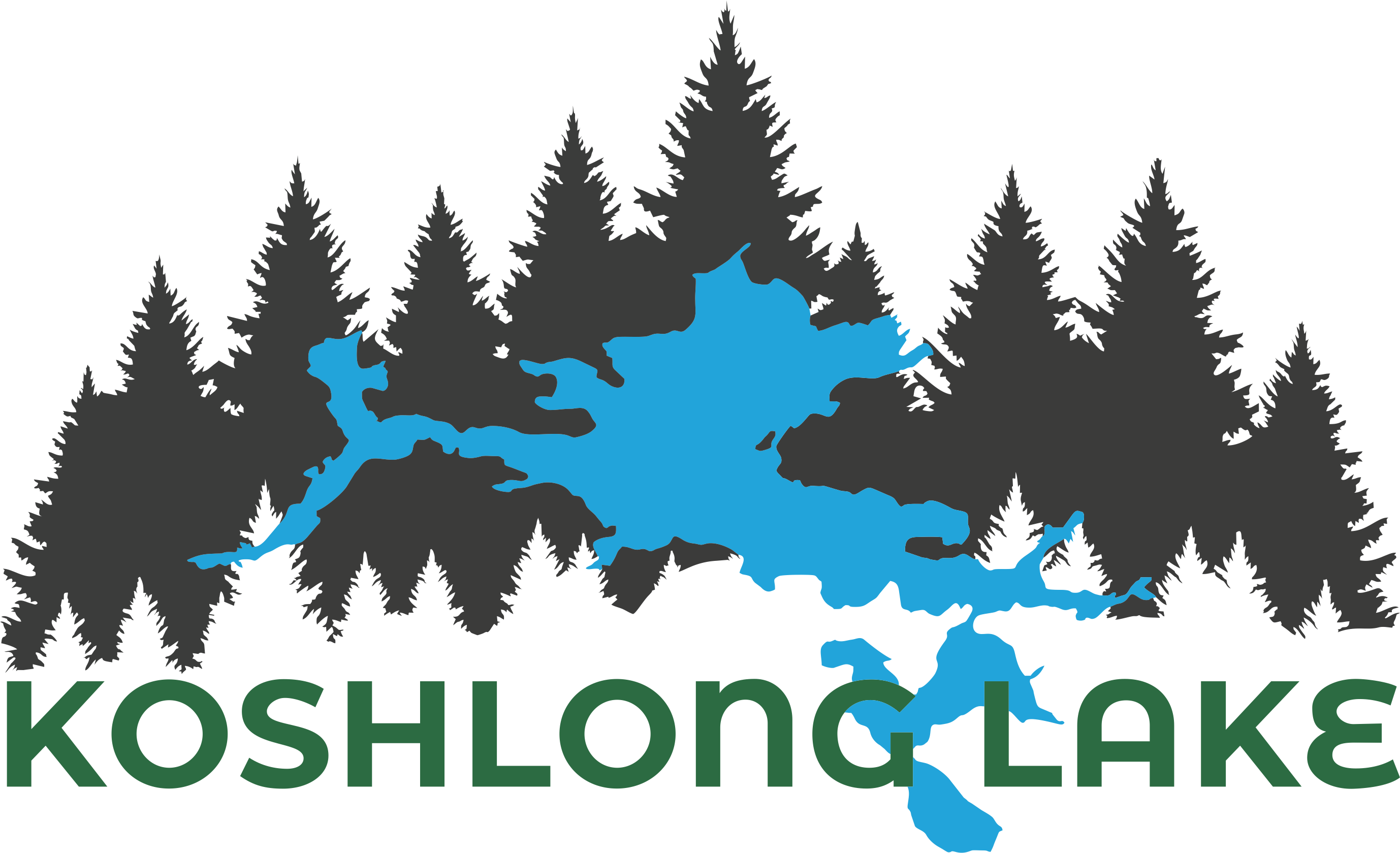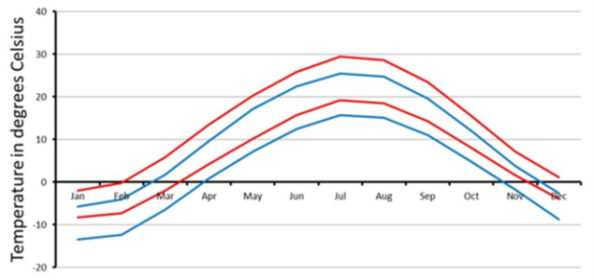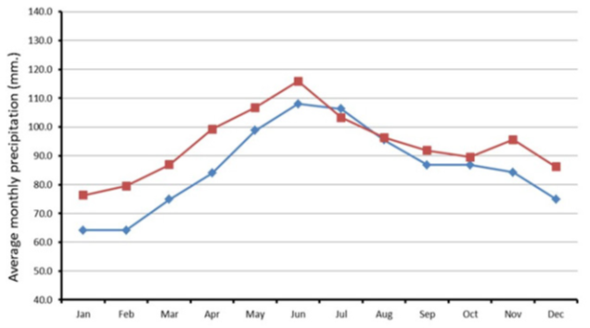climate change
Understanding the Local Impact of a Global Problem
You might be wondering, "Why should my local lake association be talking about a global problem like climate change?"
Because global climate warming has significant local impacts,
and the KLA wants to help you adapt to our changing environment.
Throughout cottage country, warmer temperatures are causing: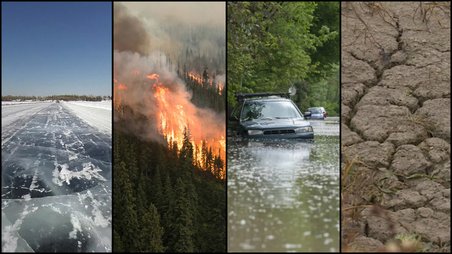
- Changes in insect and wildlife habitats, breeding and migration, including earlier nesting of birds, and the emergence of disease carrying ticks in Southern Ontario
- Increased flooding, causing erosion & property damage, as in the 2017 floods that caused $225M in damage in ON and QC
- More severe storms, such as nearby Kinmount tornado in 2020
- Dry summers, increasing risk of forest fires such as those that impacted cottagers and residents around Parry Sound in 2018
- Warmer lake waters, fostering algal blooms such as the blue-green algae in Lake of Bays in 2020,
and disrupting fish habitats
Learn more here about the roots of climate change, and how it threatens the health of Koshlong Lake.
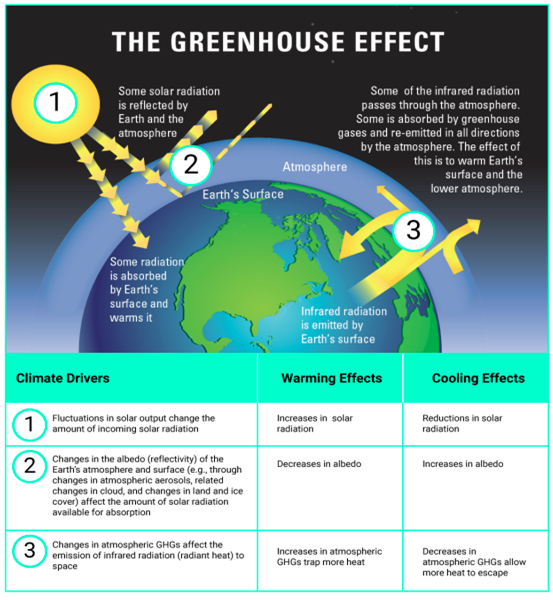
What is causing changes to our climate?
Evidence proves that human behaviour has altered the composition of our atmosphere. By burning coal, oil, and gas to power our global and local economy, excess carbon dioxide, methane, and nitrous oxide have been released into the atmosphere. These "green house gases" accumulate and trap heat.
As a result, the world is getting warmer.
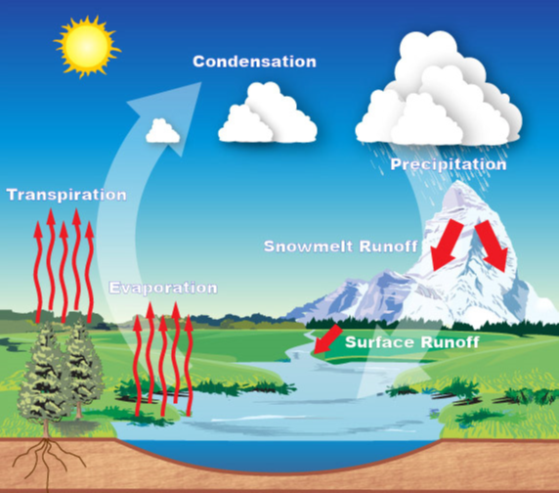
How does heat trapped in the atmosphere cause changes in the environment?
The current warming of the earth’s atmosphere is forecasted to accelerate the hydrological cycle, depicted here. This acceleration causes extreme climate fluctuations, including changes in frequency and intensity of storms and floods, increases in water temperatures, reduction in lake ice cover, changes in freshwater ecosystems, and forests.
What does this mean for Haliburton's Climate? In 2016, the Muskoka Watershed Council published a report titled Planning for Climate Change in Muskoka. The authors used international studies to identify the following changes to our climate by the middle of this century.
| This graph compares Muskoka’s mean daily temperature each month for a typical year during the present (1971-2000) climate (daily high and low temperature as blue lines) and that of a typical year during the mid-century (2041-2070) climate (daily high and low as red lines).
This graph depicts the mean monthly precipitation in Muskoka through a typical year under the current climate (blue: 1971-2000), compared with the mean monthly precipitation during the mid-century climate (red: 2041-2070). Total annual precipitation in the typical year at present is 1,028 mm rain or rain equivalent, and by mid-century is projected to be 1,127 mm.
|
And what does this mean for Koshlong Lake?
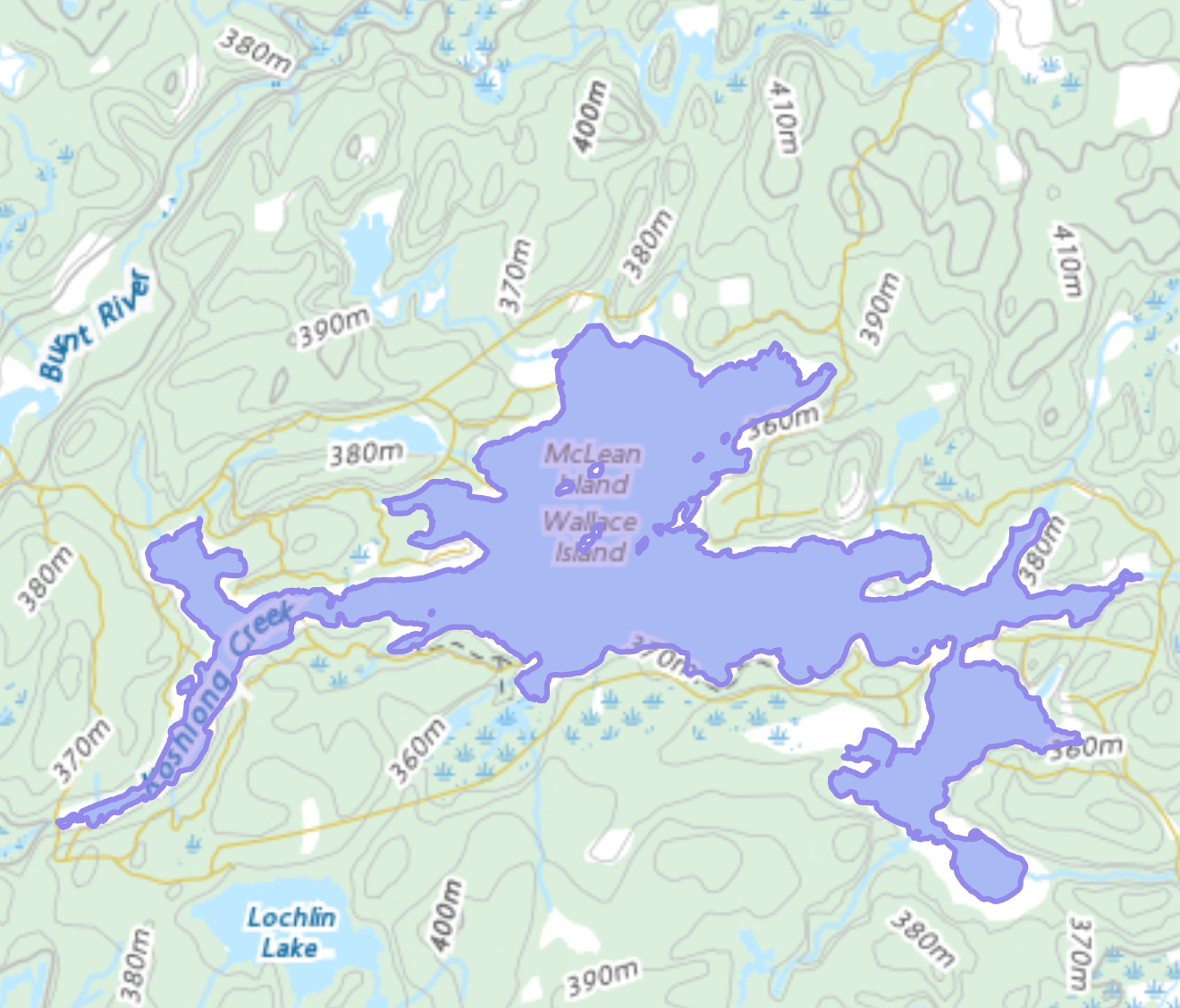
Climate change impacts our freshwater systems in the following ways:
- Increased flooding and pollutant (organic matter, pesticides, water borne diseases) transport into our lakes.
- Shoreline sediment erosion causing increased nutrients entering the lake.
- A combination of warmer water and increased nutrients increasing the incidence of harmful blue-green algae blooms.
- Warmer water reducing lake stratification and dissolved oxygen depletion for a longer period.
- Alternation in the distribution of many fish species: cold and cool water species may decline in regions such as Haliburton which are in the southern edge of their range.
- Influx of invasive species more suited to a warmer water environment.
- Low water levels and/or drought may lead to increased competition between consumptive uses (e.g., Trent Severn Waterway) and natural ecosystem needs.
Find out what you can do to mitigate the effects of climate change while you are enjoying your time on Koshlong Lake.
- Home
- Environment
- Threats to Lake Health
- Climate Change
Thanks to KLA member Rob Horsburgh for his photograph of Wallace Island used as the background photo throughout this site
